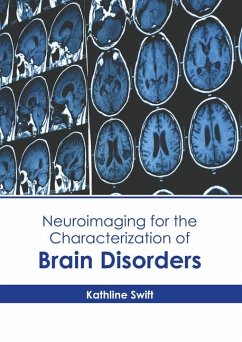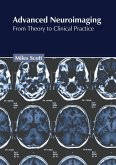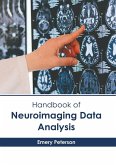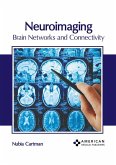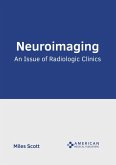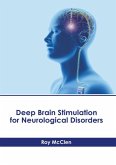Neuroimaging refers to the utilization of quantitative methods for the study of the structure and function of the central nervous system. It was developed as a non-invasive method to scientifically investigate the healthy human brain. It is widely being used in quantitative investigations for psychiatric illnesses and brain disorders. Various techniques that are used in neuroimaging include computed axial tomography and magnetic resonance imaging, diffuse optical imaging, positron emission tomography, cranial ultrasound. The human brain is a massive, interconnected and complex system. Advanced neuroimaging techniques such as diffusion tensor imaging and functional magnetic resonance imaging allow us to investigate the underlying principles of brain structural and functional architectures. It also enables us to study the pathological changes in a variety of brain disorders. Multi-modal neuroimaging techniques could provide a more thorough understanding of the pathomechanism of brain disorders, which facilitates early diagnosis and helps in assessing prognosis and therapeutic effect. This book elucidates the concepts and innovative models around prospective developments with respect to the characterization of brain disorders. The topics covered herein offer the readers new insights in the field of neuroimaging.
Hinweis: Dieser Artikel kann nur an eine deutsche Lieferadresse ausgeliefert werden.
Hinweis: Dieser Artikel kann nur an eine deutsche Lieferadresse ausgeliefert werden.

